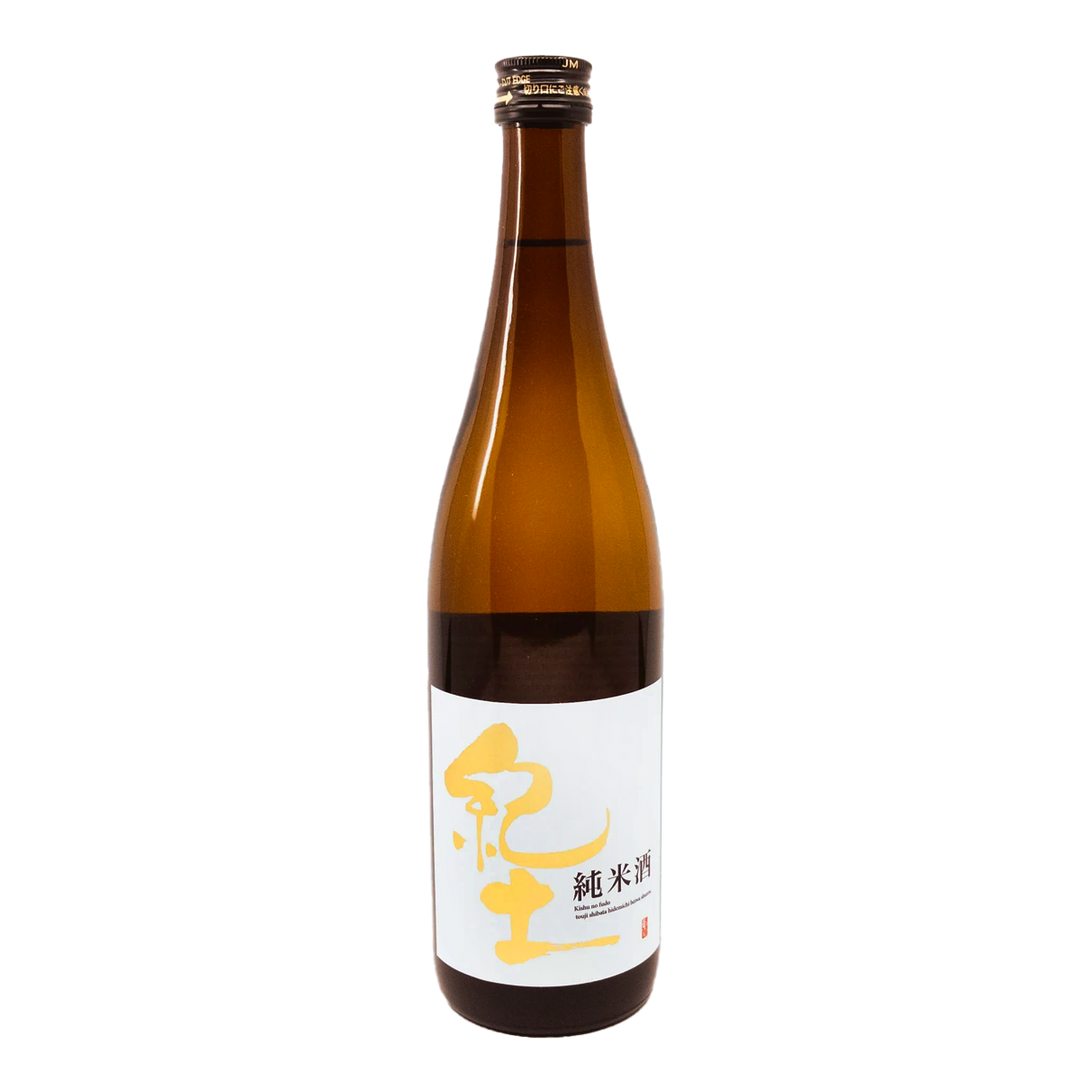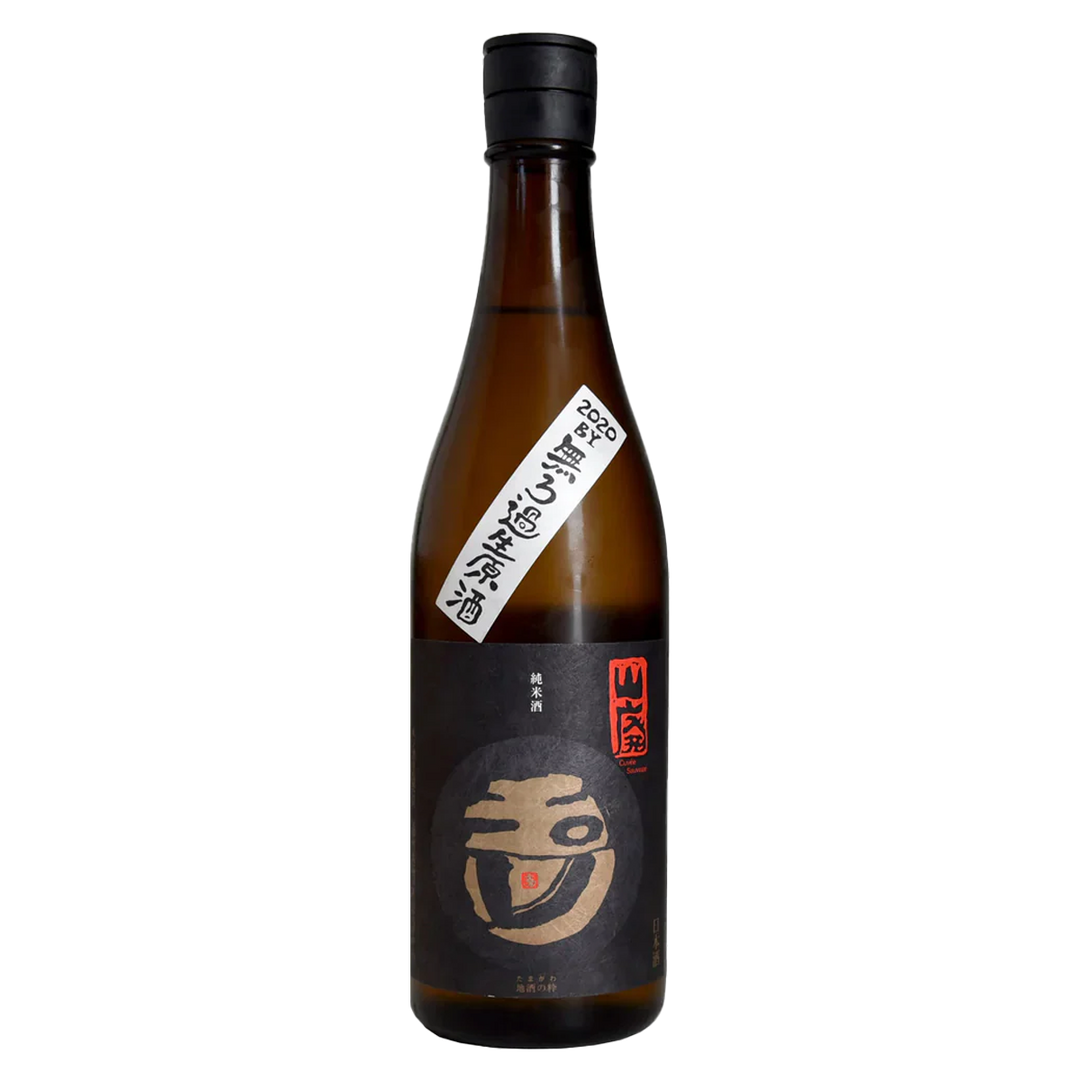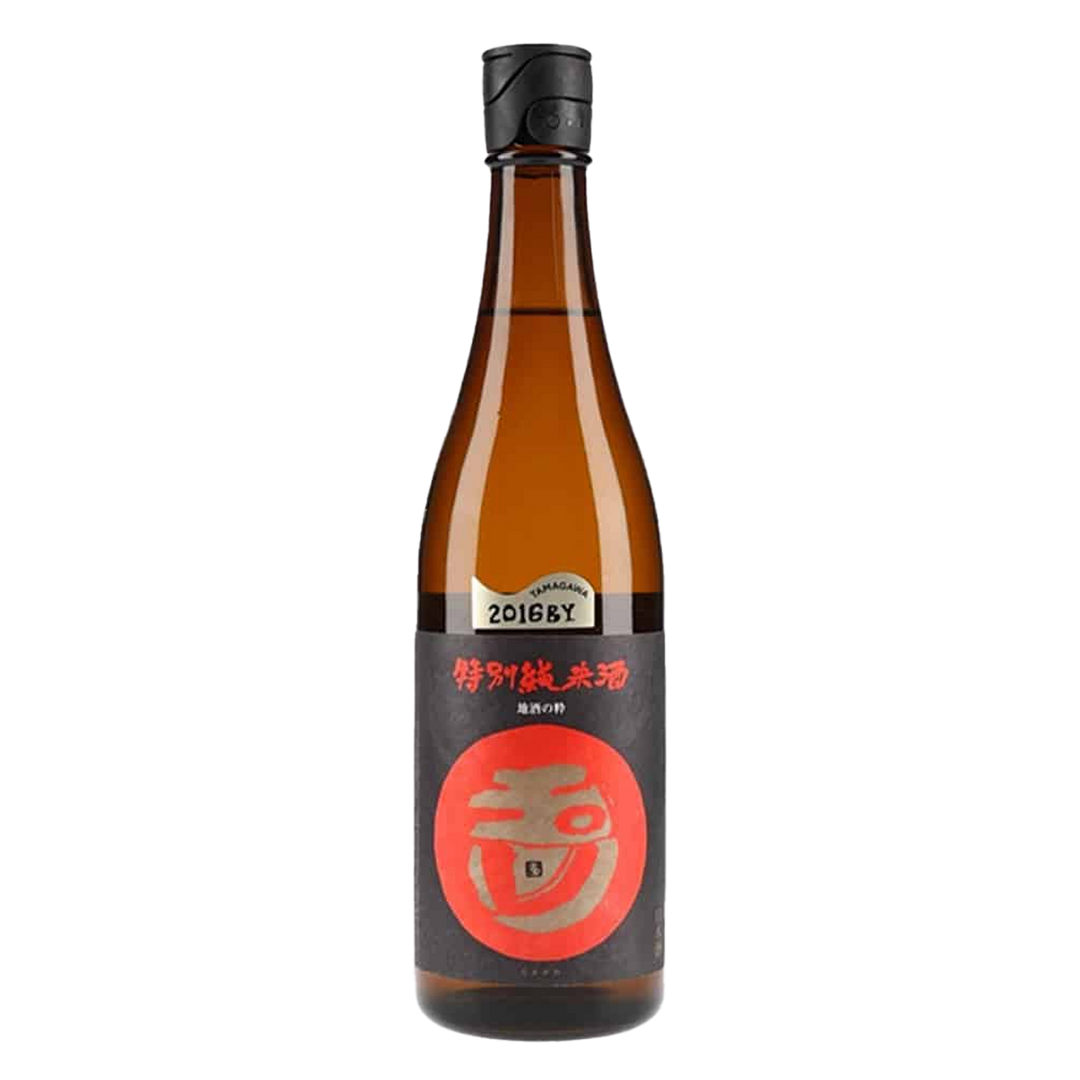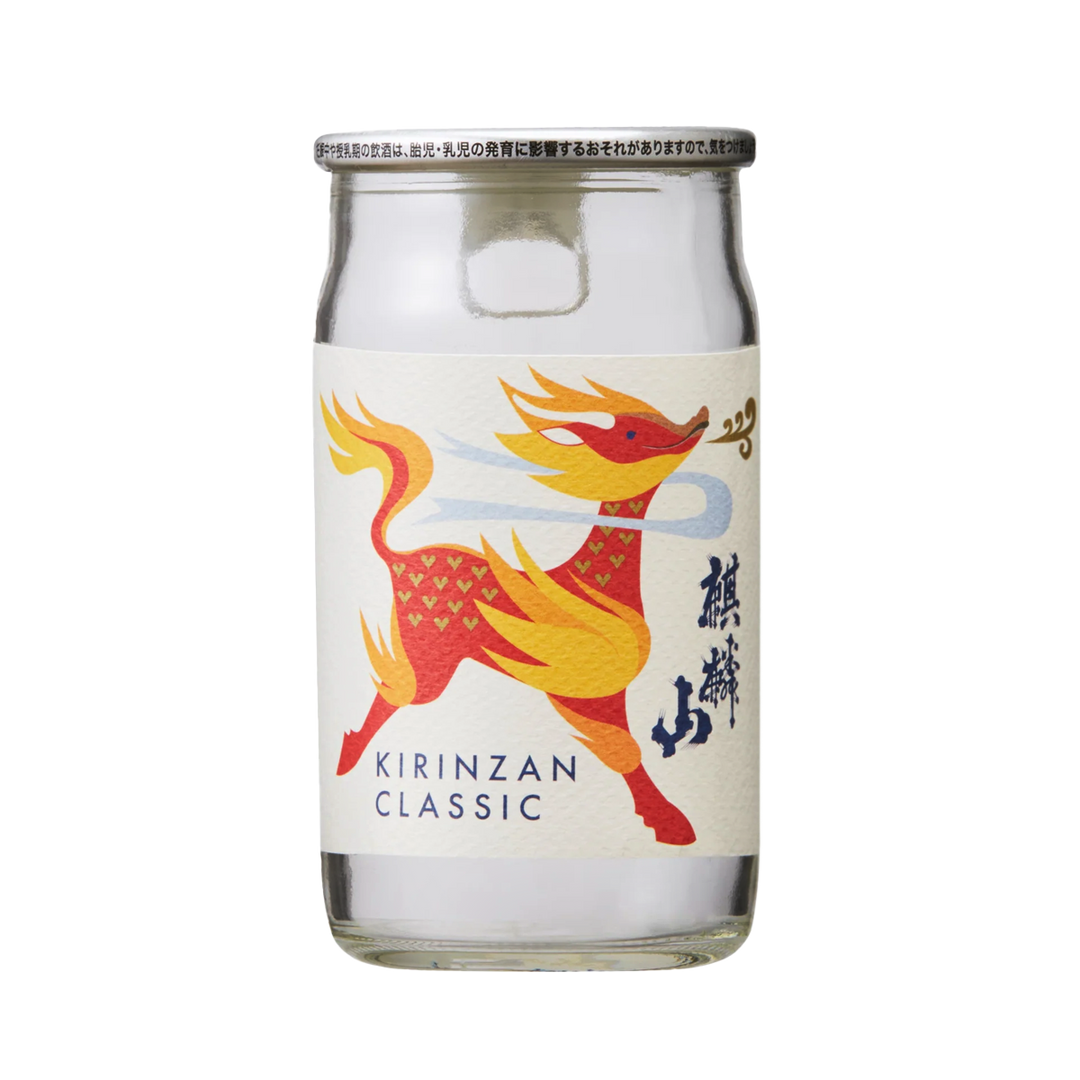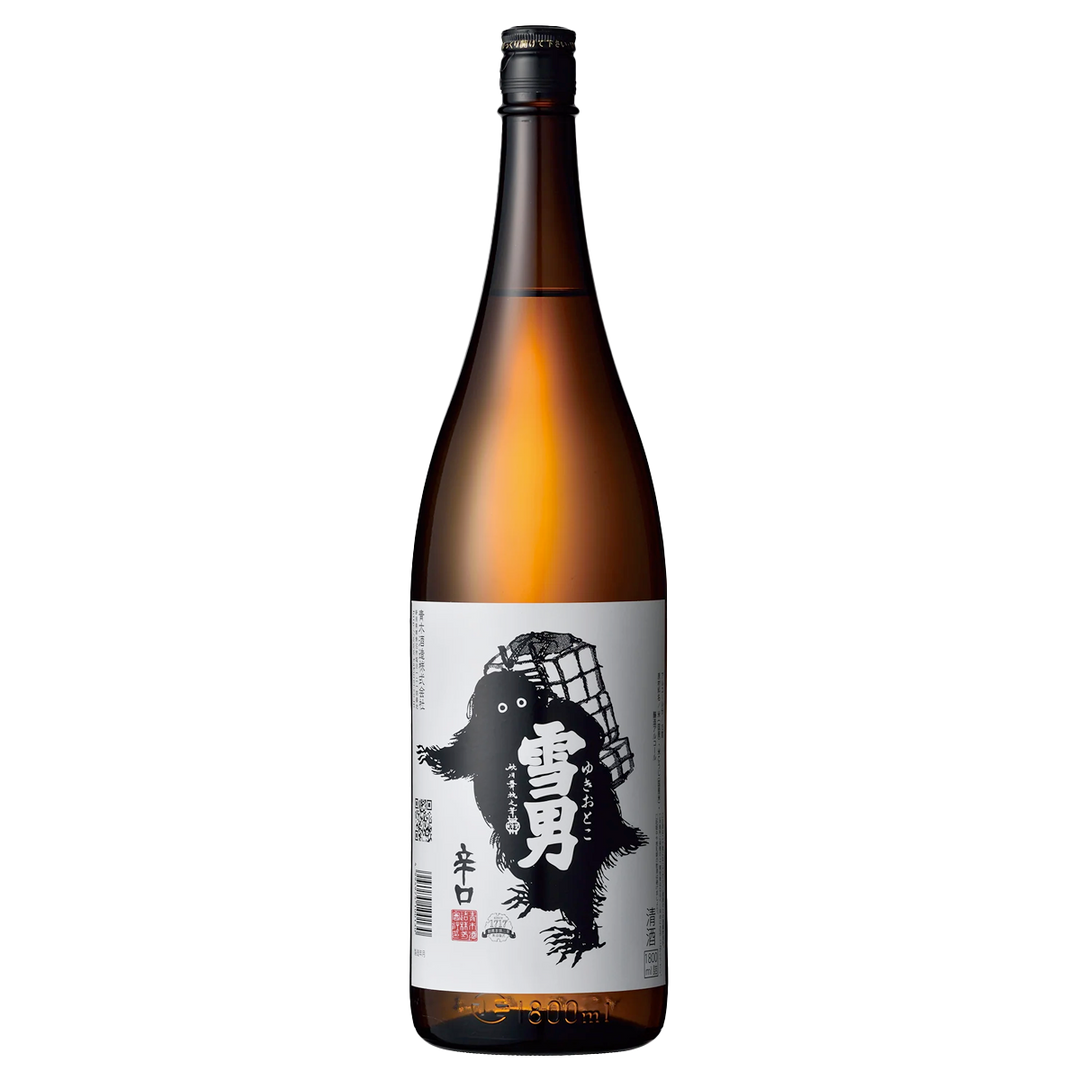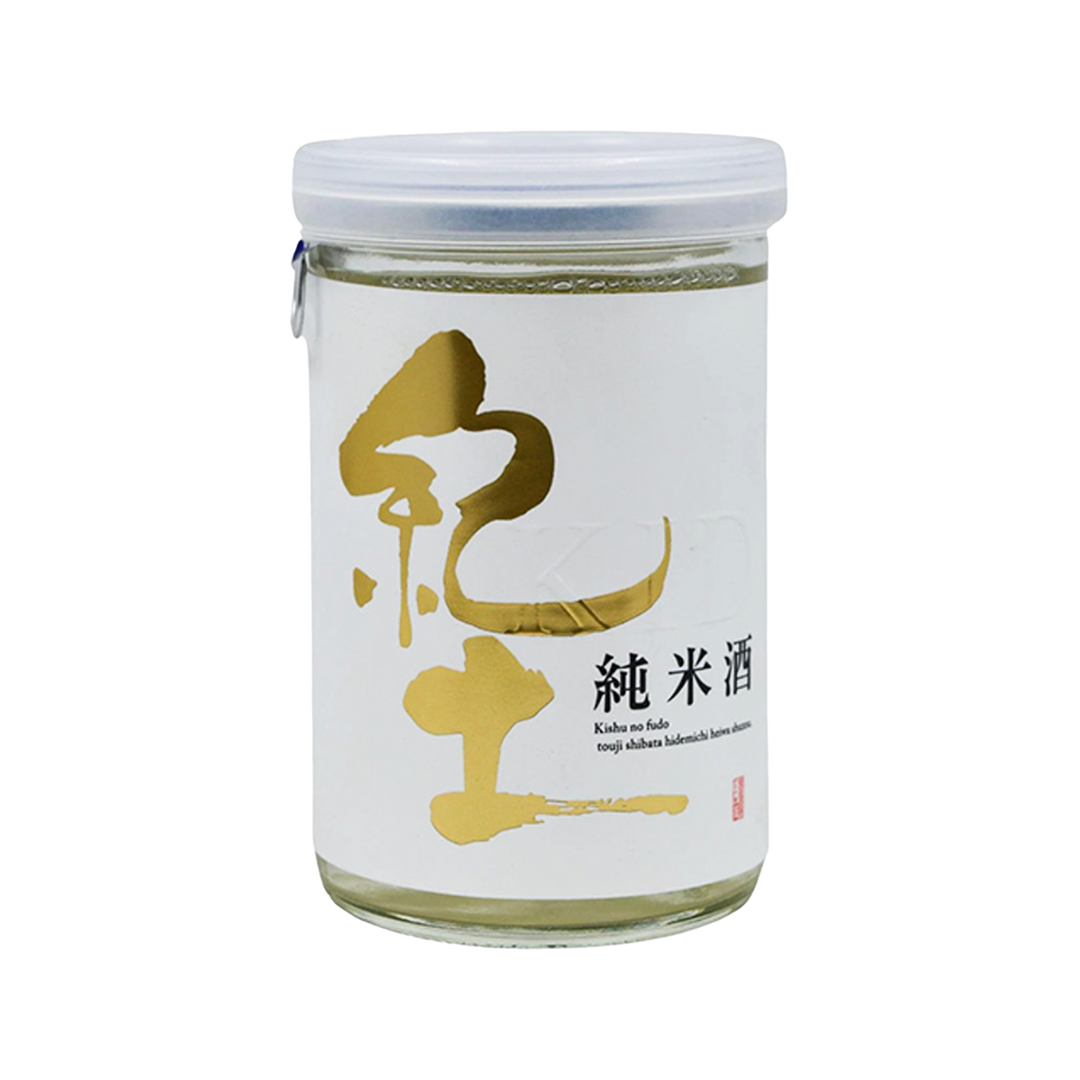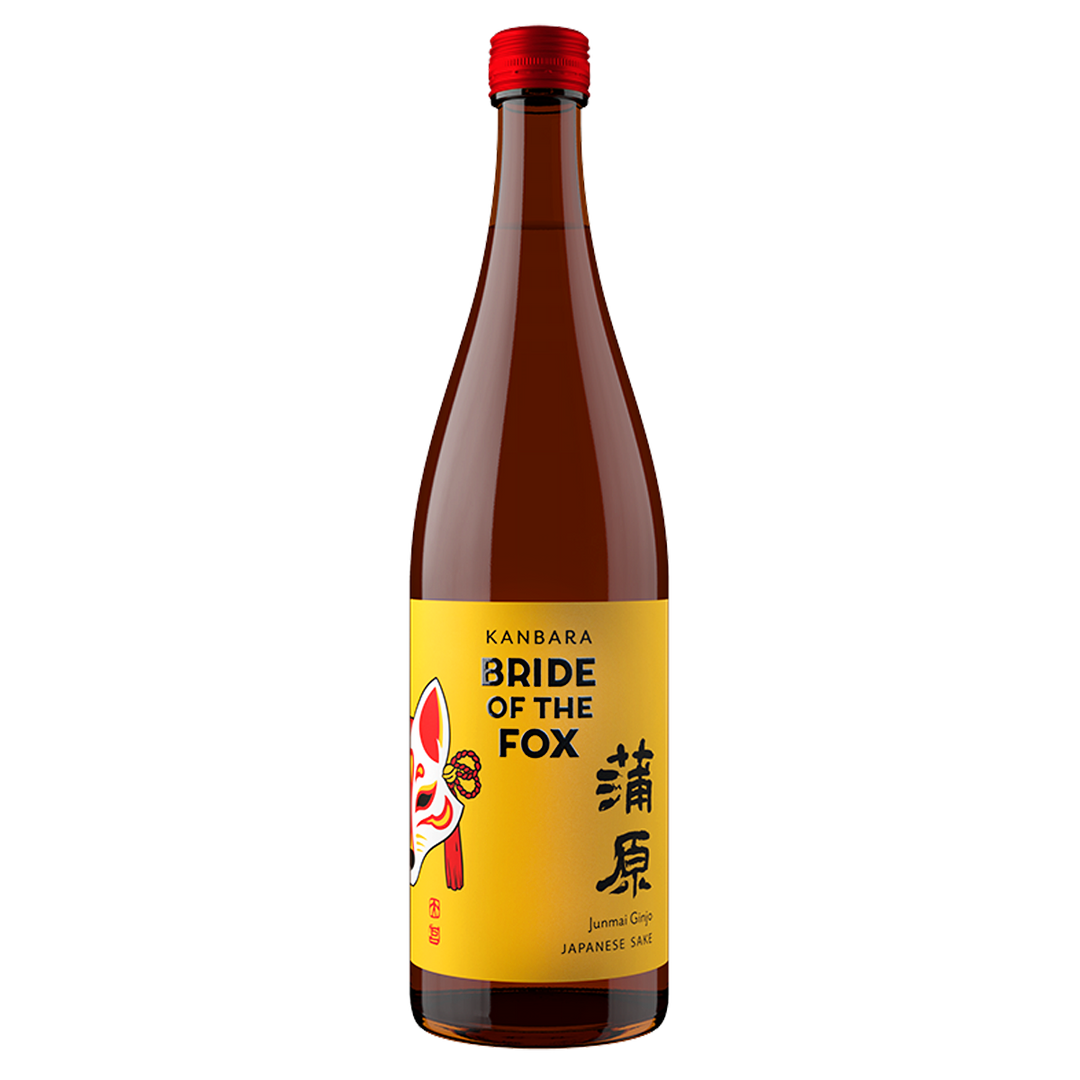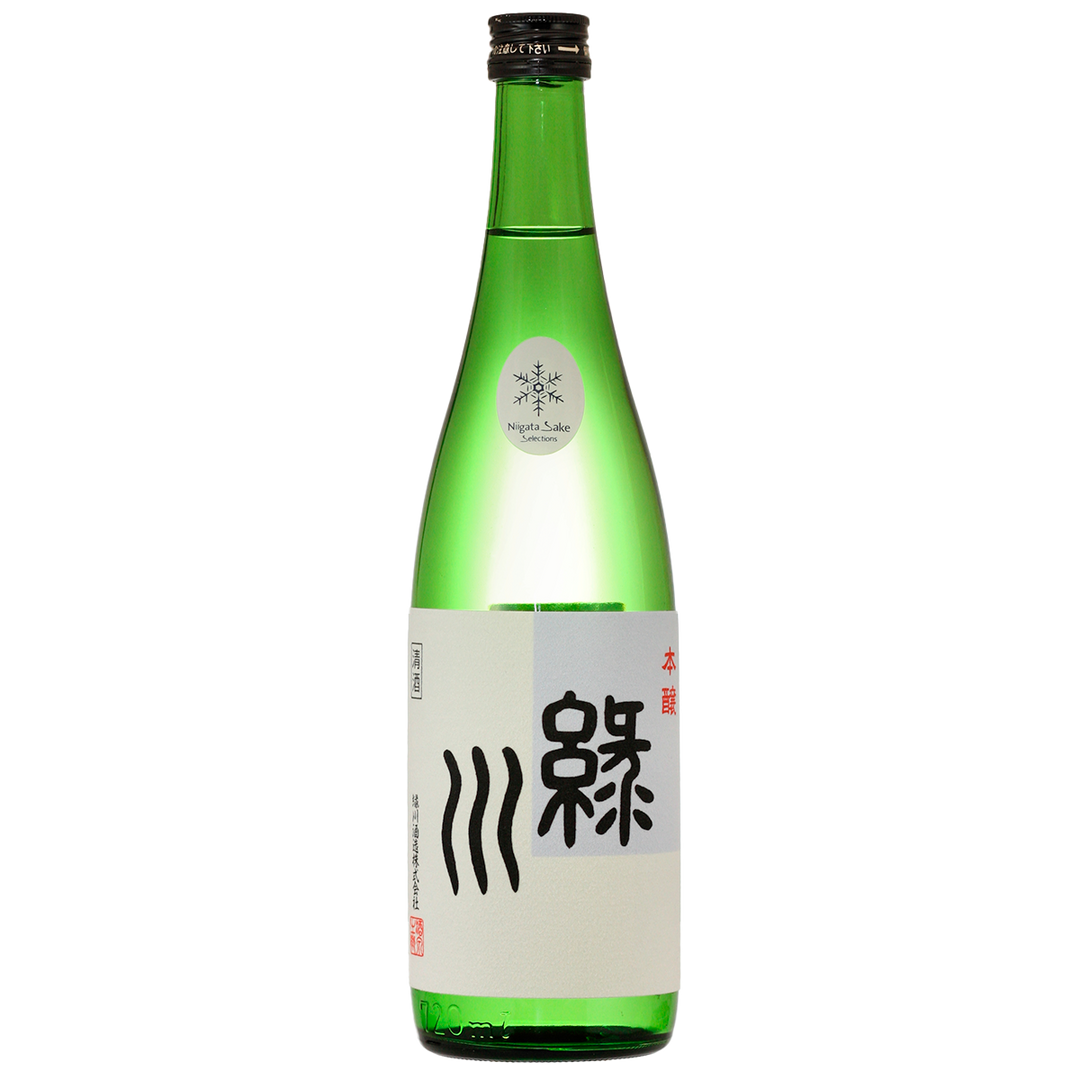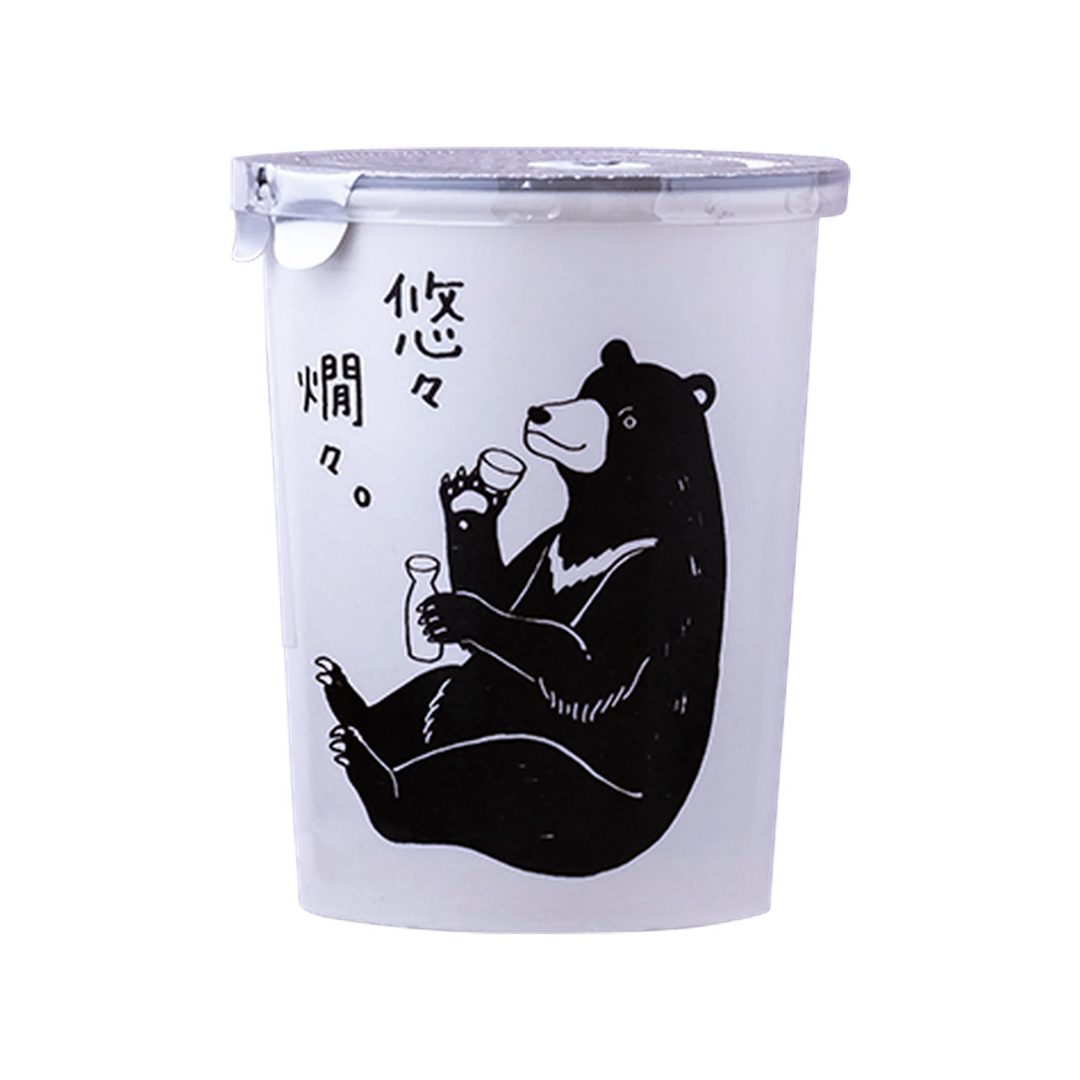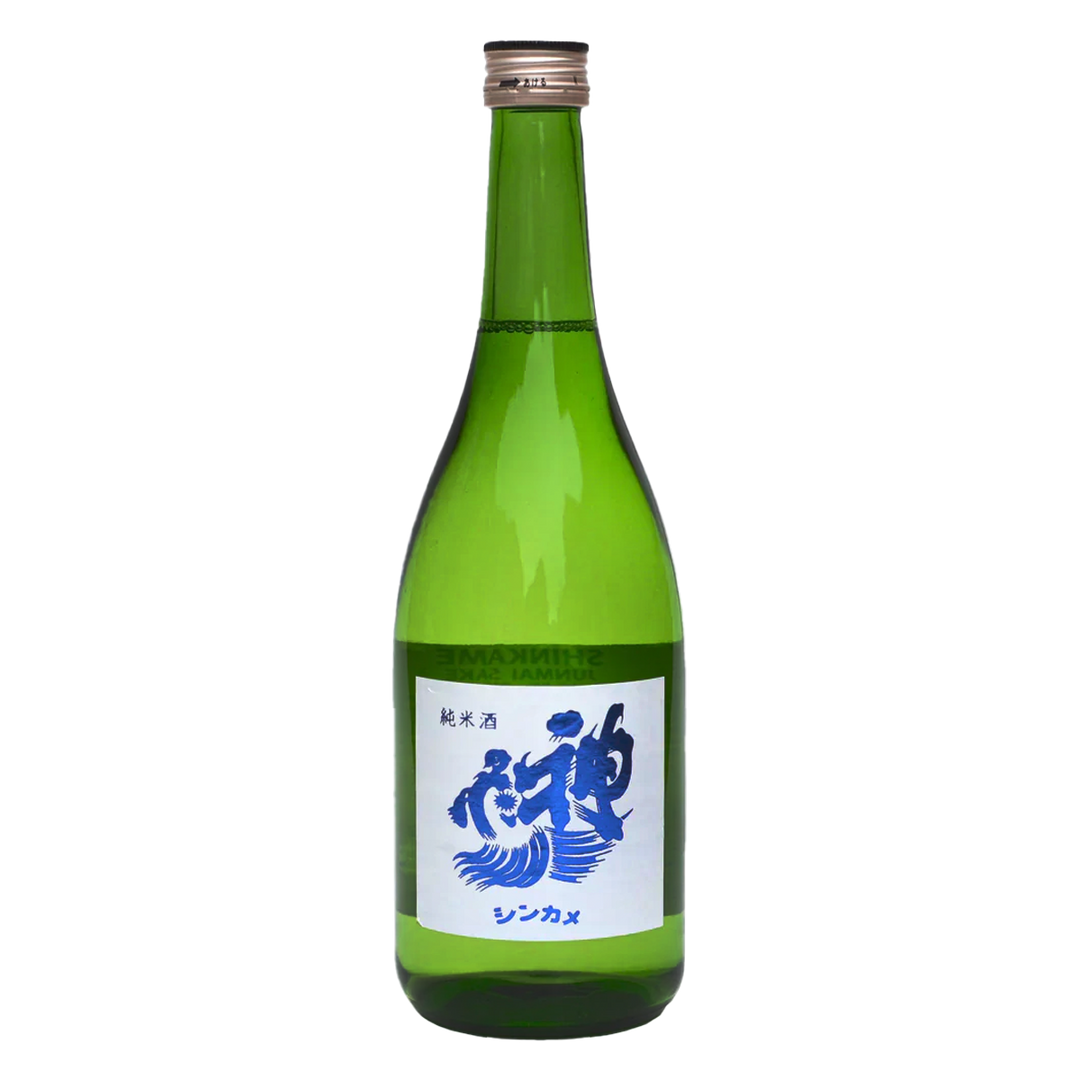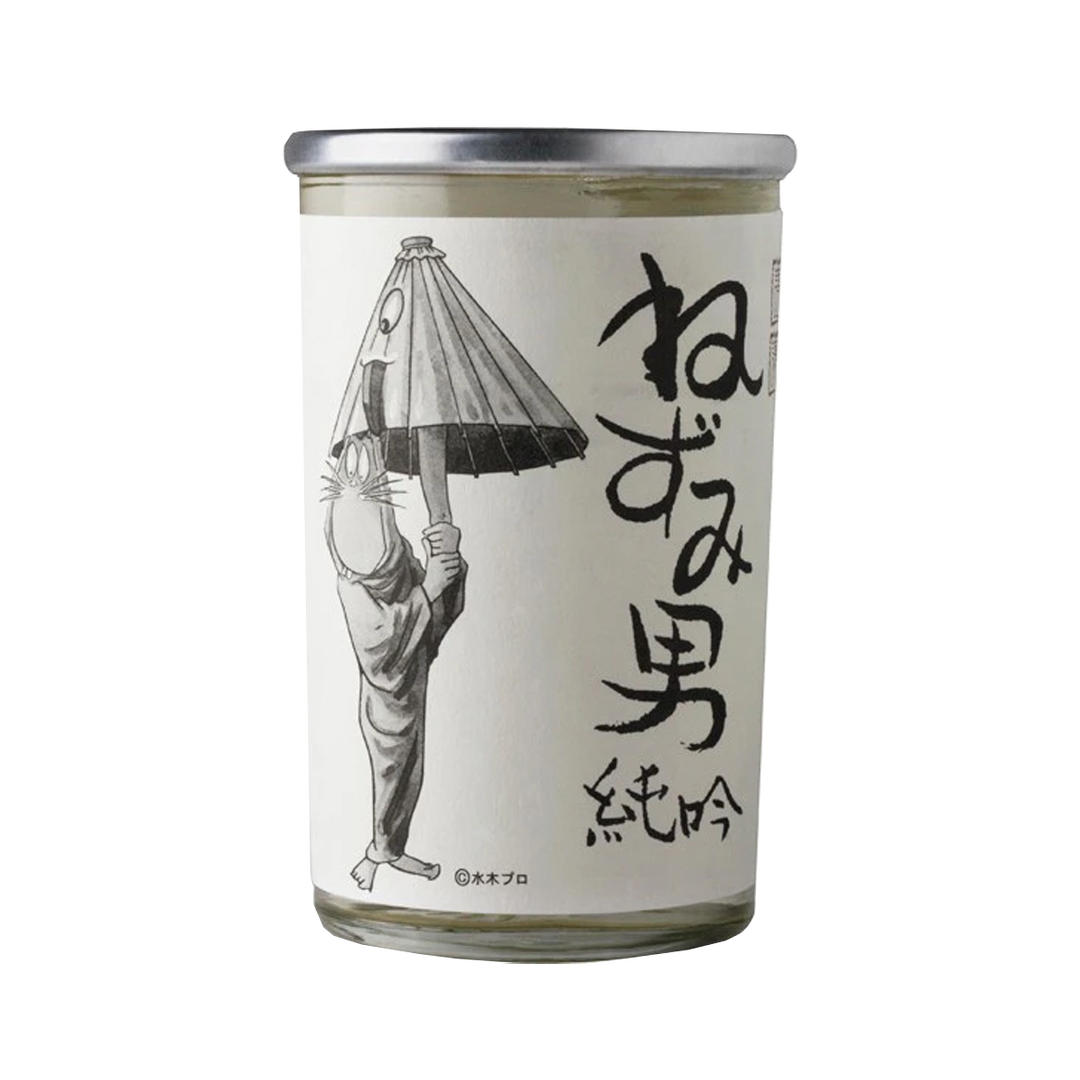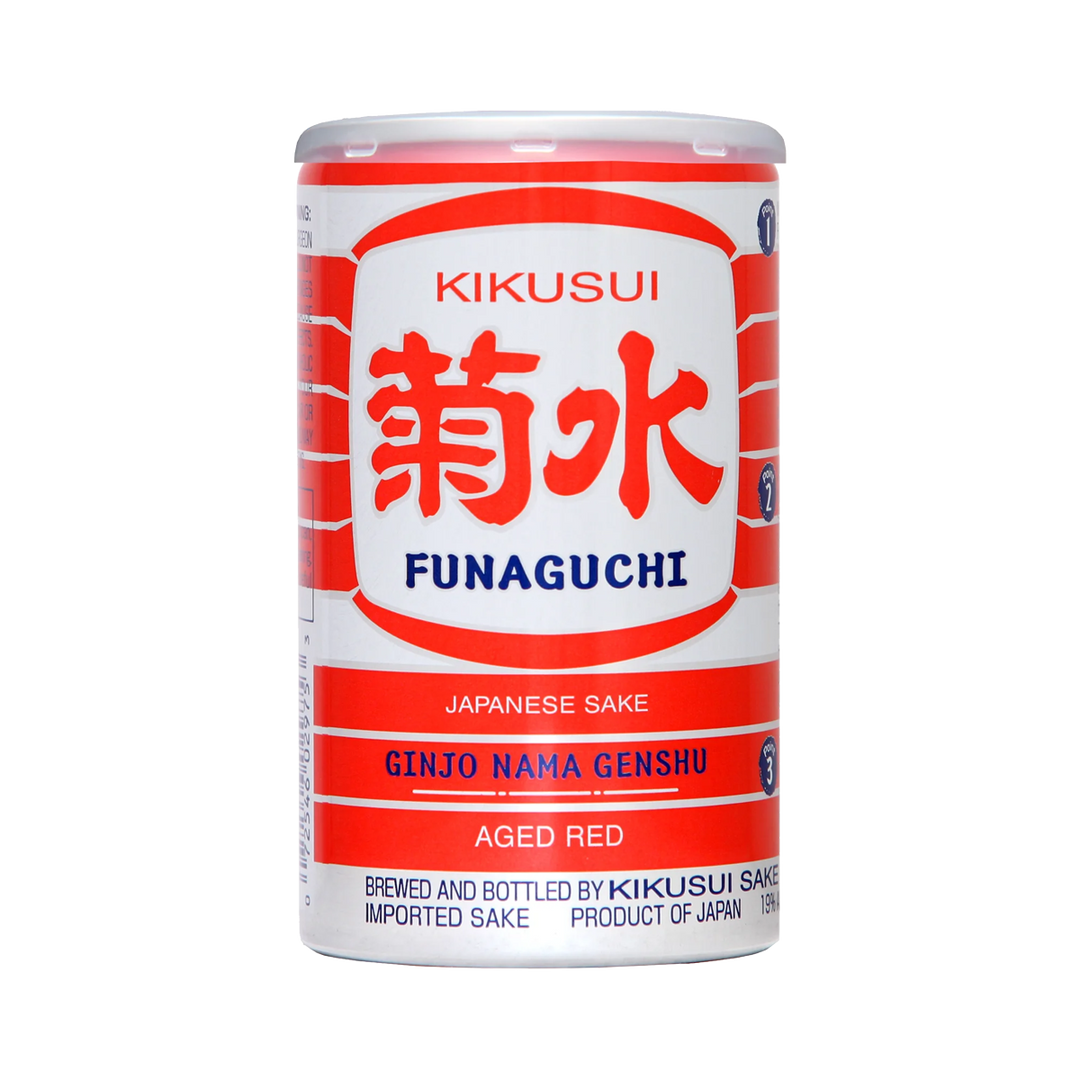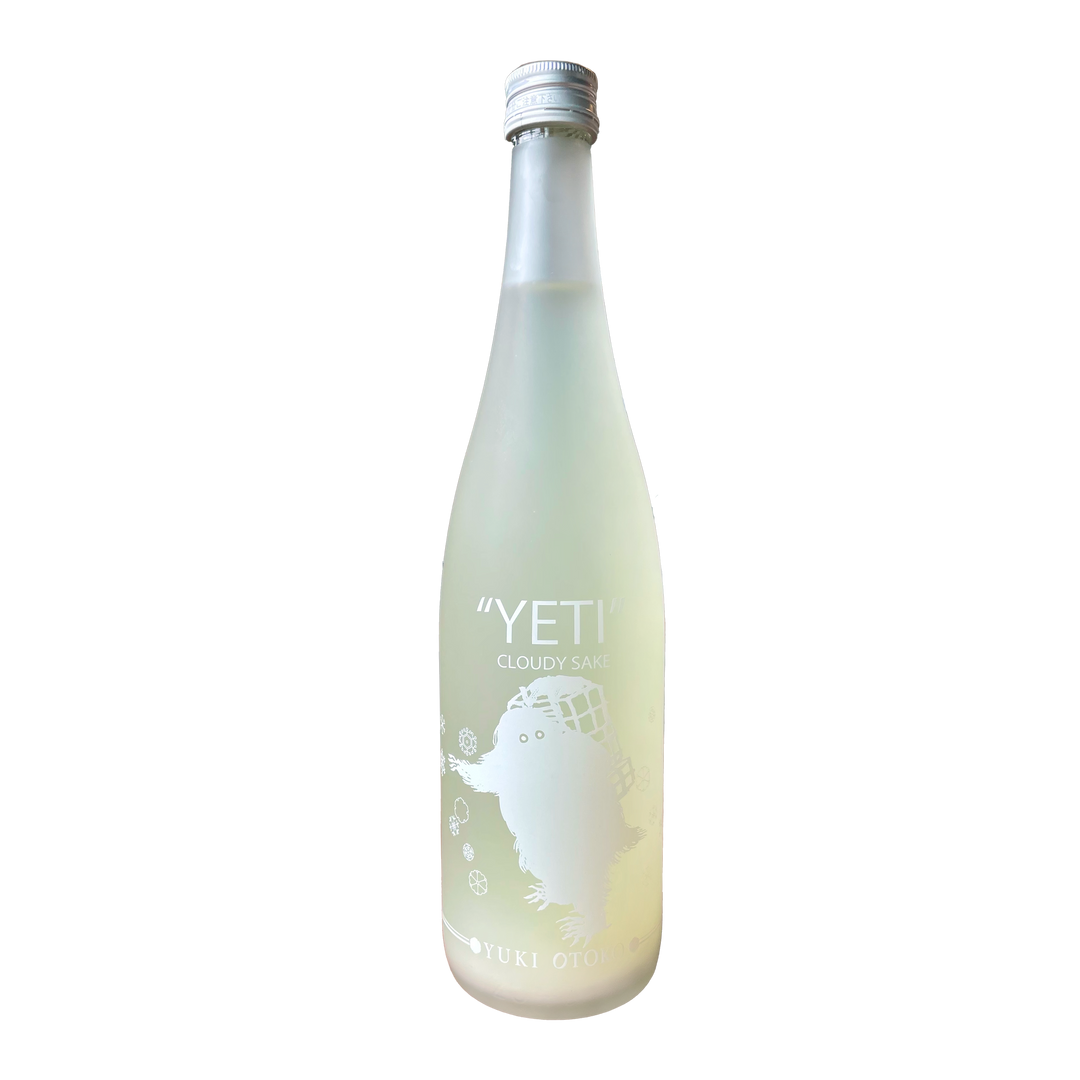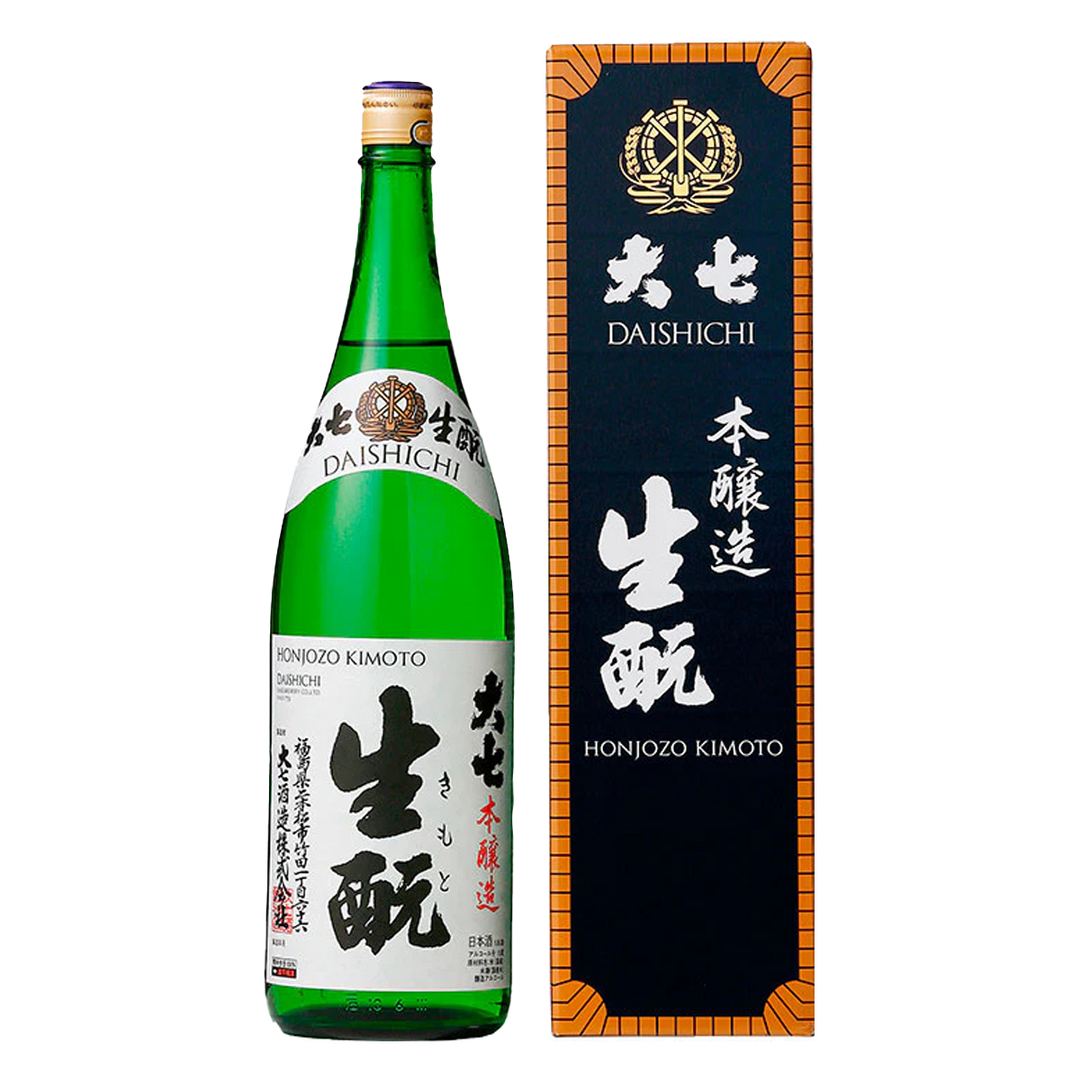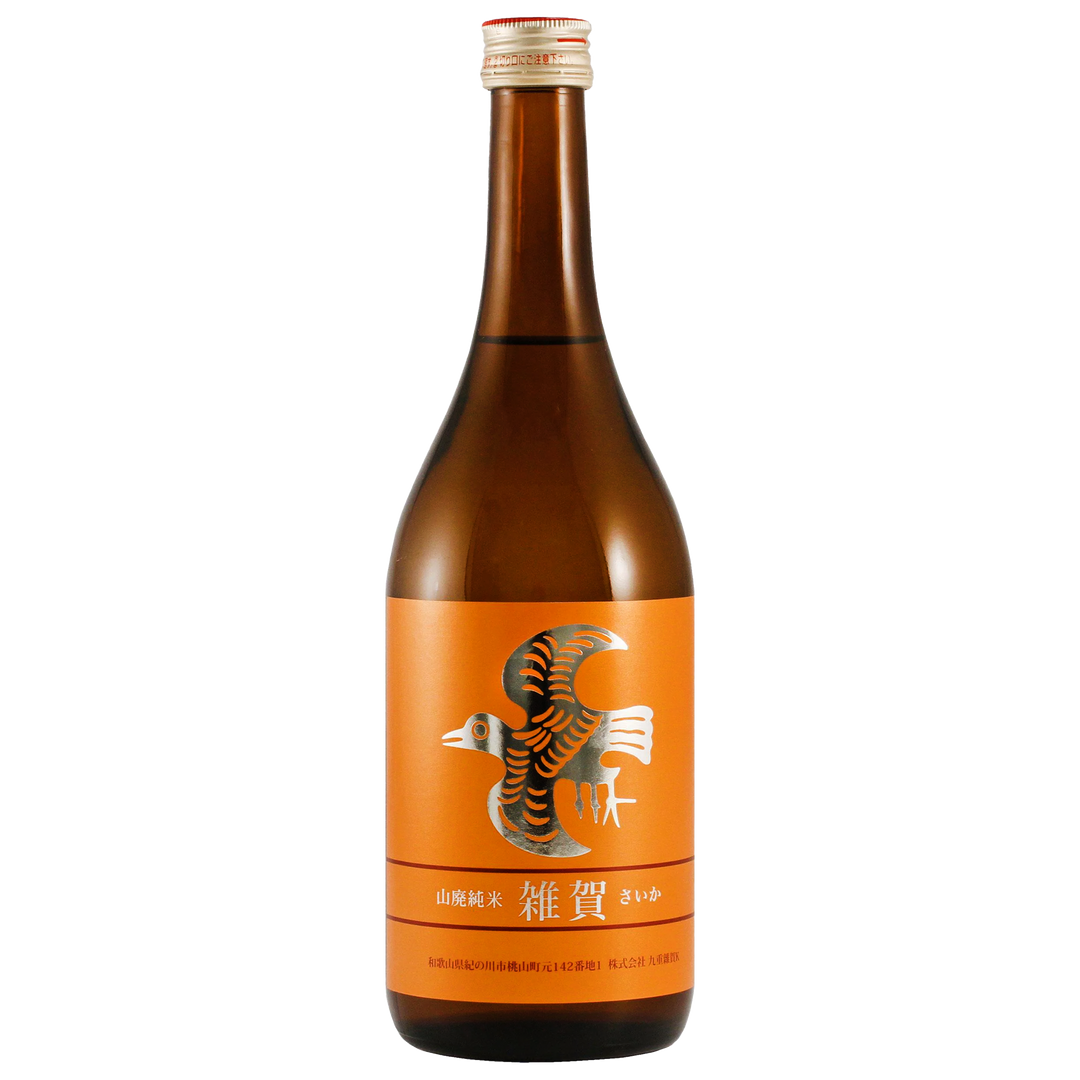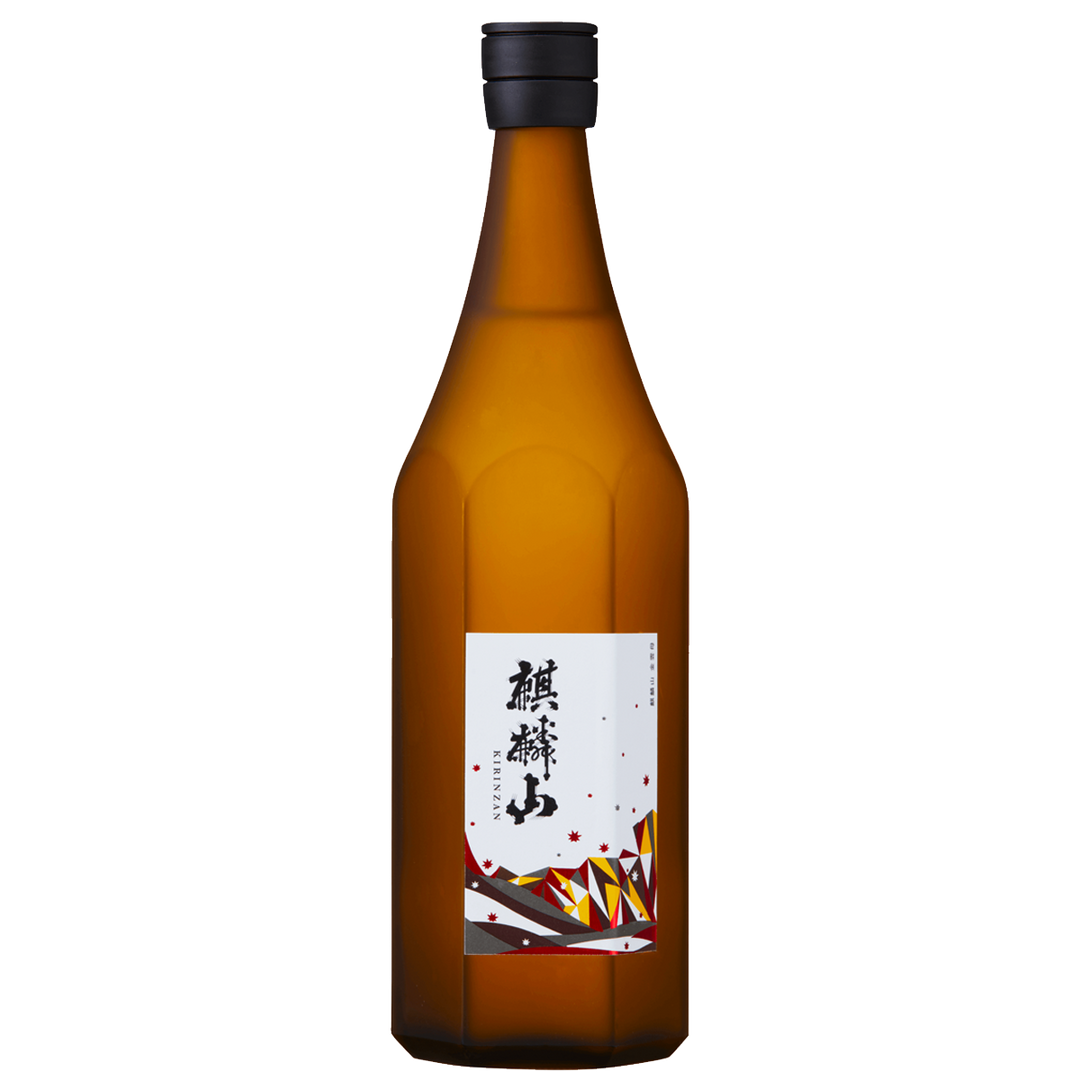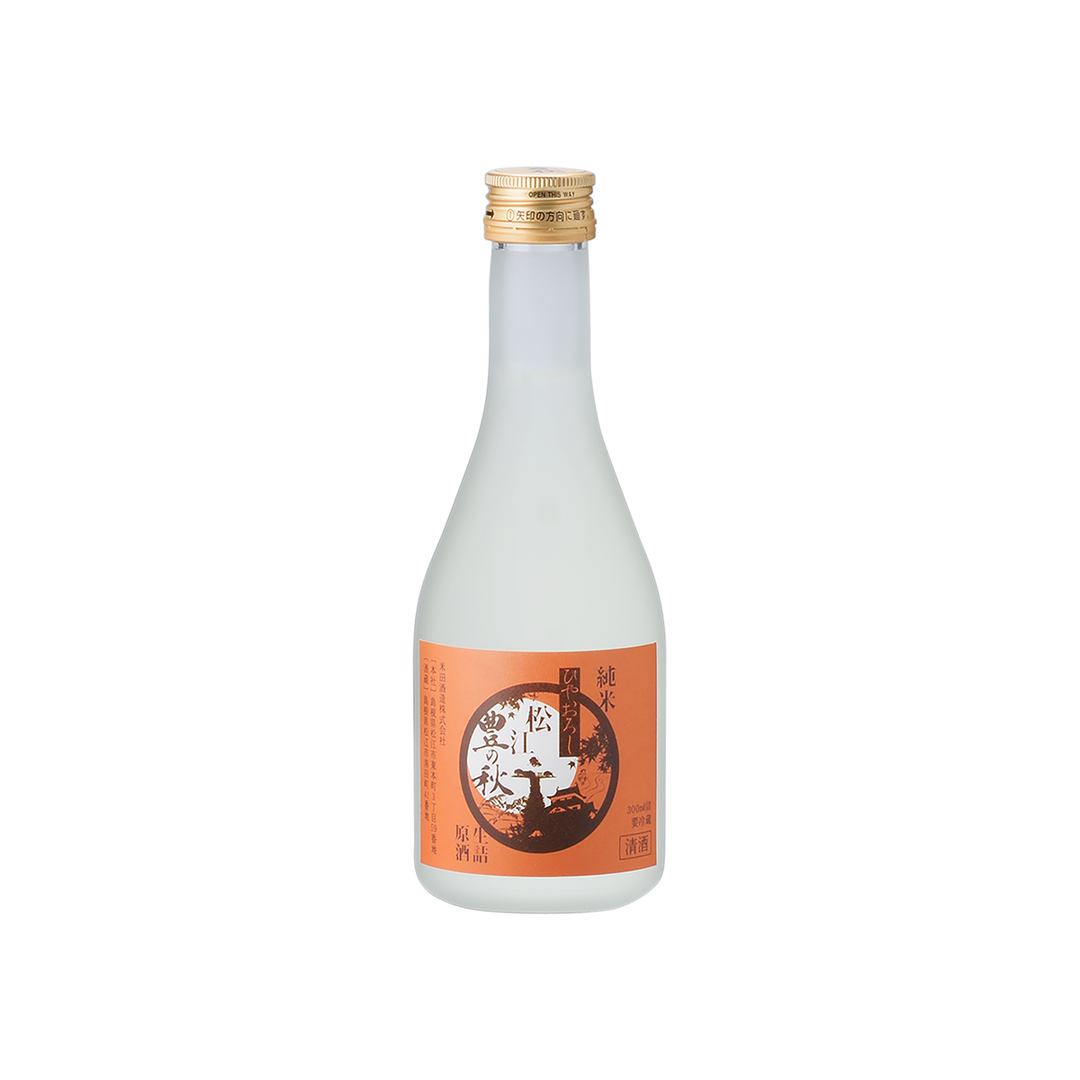Gohyakumangoku was developed in Niigata prefecture in 1938, registered in 1957, and widely adopted by the 1980-90s. Gohyakumangoku is known for producing sake that is light bodied, crisp, and usually dry. It would be difficult for anyone but an expert or sake brewer to pick out Gohyakumangoku from a blind lineup of sake. But learning more about its backstory will help you recognize it more easily, and appreciate its unique characteristics.
First, Gohyakumangoku has a relatively hard grain structure that resists dissolution, and is difficult to mill the grains down to daiginjo level (50% or more removed). It is high yielding and well suited to climates with shorter growing seasons and cooler weather, making it relatively affordable among sake rice varieties. The result is that Gohyakumangoku is perfect for moderately polished (55-70%), light bodied, crisp, affordable sake, particularly for cool and mountainous regions. It's no surprise then that Niigata became famous for tanrei karakuchi (clean and dry) sake in the jizake boom of the 1970s. This is largely thanks to Gohyakumangoku rice, and the style it is best suited to brew.
-
Rice varieties can have a huge influence on style, flavor, price, and storytelling for sake. While most rice varieties have a subtle impact on flavor --far less than grape variety in wine-- the variables you don't see or taste directly, play a part in making the sake what it is.



